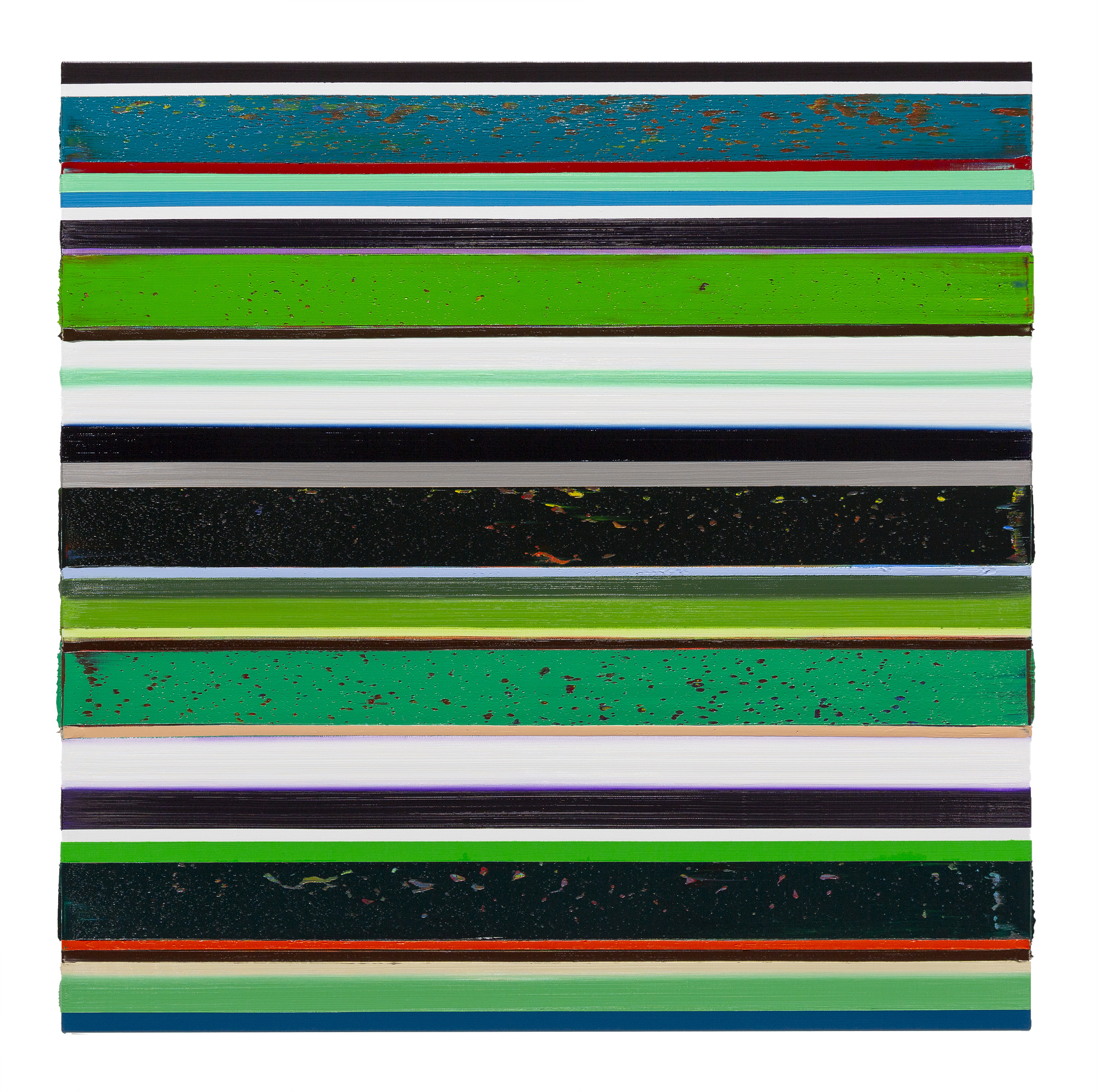재난과 치유
| [CULTURAL ISSUE] National Museum of Modern and Contemporary Art, Korea
2021. 5. 22 – 8. 1
Various Artists

국립현대미술관(MMCA, 관장 윤범모)은 코로나19로 인한 전 지구적인 재난 상황을 동시대 예술가들의 관점에서 살펴보는 전시 《재난과 치유》를 5월 22일(토)부터 8월 1일(일)까지 국립현대미술관 서울에서 개최한다.
《재난과 치유》는 전 지구적인 팬데믹(pandemic, 감염병 세계적 유행)이 개인과 사회에 미친 영향을 동시대 예술가들의 관점에서 살펴보고, 재난의 그늘 가운데서도 예술을 통해 삶의 의미를 성찰하며 서로를 위로하는 공감대를 형성하고 치유와 회복의 계기를 삼고자 마련되었다.
이번 전시에 참여하는 국내‧외 작가 35명은 이번 전시를 통해 코로나19로 인해 멈춰버린 일상에서 감염병 발생과 확산을 둘러싼 징후와 현상을 각기 다른 관점에서 고찰하며 팬데믹 속 사회적·개인적 현상을 기록하고 재해석한다. 《재난과 치유》는 ‘감염의 징후와 증상’, ‘집콕, 홀로 같이 살기’, ‘숫자와 거리’, ‘여기의 밖, 그 곳의 안’, ‘유보된 일상, 막간에서 사유하기’, 등 다섯 가지 주제로 구성된다. 프란시스 알리스, 리암 길릭, 서도호, 이배, 오원배, 써니킴, 최태윤 등은 코로나19를 주제로 한 신작을 선보이며 에이샤-리사 아틸라, 노은님, 아니카 이, 질리언 웨어링, 미야지마 타츠오, 이영주, 칸디다 회퍼 등이 참여한다. 한편 전시장 안팎에서는 재난의 상황에서 미술관의 역할 변화와 대안적인 전시 방향을 모색하는‘위성프로젝트’가 진행된다. 장소 기반 오디오 가이드와 집으로 가지고 갈 수 있는 향, 관객 참여형 촉각적 관람도구, 온라인 스트리밍 등 다양한 플랫폼에서 실험적인 작업이 펼쳐질 예정이다.

ⓒ Joseph Beuys / BILD-KUNST, Bonn – SACK, Seoul, 2021
1부 ‘감염의 징후와 증상’에서는 신디케이트(사진가 그룹), 요제프 보이스, 아니카 이, 전인경, 이진주, 오원배, 박영균, 성능경, 김지아나가 근대 이후 신종 감염병 출현하게 된 징후와 코로나19 팬데믹 이후 발생하는 사회적·개인적 현상들을 기록하고 재해석한 작업을 선보인다. 역사적으로 감염병 대유행은 정치, 경제, 산업을 포함하여 인류의 삶에 큰 영향을 미쳤다. 감염병은 산업화와 근대화를 거치면서 점차 짧은 주기로 발현되었으며 오늘날 인류는 문명의 질주라는 결과가 팬데믹이라는 부메랑이 되어 돌아왔음을 깨닫는다.
2부 ‘집콕, 홀로 같이 살기’에서는 안드레아 지텔, 써니킴, 리우 와, 홍진훤, 무진형제, 차재민, 프란시스 알리스가 참여한다. ‘집콕’은 팬데믹 시대를 대변하는 용어가 되었다. 전염병을 피하기 위해 외출을 자제하고 집에서 대부분의 시간을 보내는 자발적 격리는 사람들 간의 물리적 거리를 만들어냈다. 다른 한편으로는 온라인을 통해 모두가 연결될 수 있으며 서로간의 직간접적 연결이 얼마나 중요한지 깨닫게 된다.

3부 ‘숫자와 거리’에서는 리암 길릭, 미야지마 타츠오, 이지원(아키타입), 최태윤, 김범이 참여하여 팬데믹 시대에 숫자가 함의하는 중요한 정보와 징후를 다룬다. ‘일일확진자, 격리해제, 사망자, 국내현황, 세계현황, 거리두기단계’와 같이 감염병의 진행상황을 지시하는 숫자와 정보들은 그날의 상태를 보여주는 바로미터가 되었다

© Do Ho Suh. Courtesy the Artist and Lehmann Maupin, New York, Hong Kong, Seoul and London. Photo by Jeon Taeg Su.
4부 ‘여기의 밖, 그 곳의 안’에서는 질리언 웨어링, 서도호, 이혜인, 칸디다 회퍼, 토마스 스트루스, 서승모가 참여하여 공적 공간과 사적 공간의 경계와 의미, 역할 변화를 보여준다. 코로나19는 세계를 멈추게 했다. 1년이 훌쩍 넘었으나 도시, 공항, 공원, 광장, 미술관도 이전의 상태로 돌아가지 못하고 있다. 비대면의 삶은 물리적‧시간적 공간의 경계와 간극을 흐리게 하고 일상의 공간을 다르게 사유하게 한다.

5부 ‘유보된 일상, 막간에서 사유하기’에서는 노은님, 허윤희, 조나단 호로비츠, 봉준호, 이영주, 염지혜, 에이샤-리사 아틸라, 이배가 참여하며 삶에 대한 성찰과 인류와 지구를 위해 필요한 시대정신이 무엇인지 고민한다. 코로나19는 우리를 일상이 멈춰버린 오랜 막간에 머물게 한다. 이 유보된 일상에서 우리는 인간 이외의 삶이 공존하는 이 지구에 긴 시간동안 가해온 행위를 되돌아보고 인간과 자연이 함께 살아갈 수 있는 방법을 찾아야 한다.
마지막으로 재난의 상황에서 미술관의 역할 변화와 대안적인 전시 방식을 모색하는 위성프로젝트에서는 재난 시기 현대미술의 가치와 생산 조건이 무엇인지 젊은 기획자 3인의 프로젝트를 통해 살펴본다. 2020년 미술관은 코로나19 확산 방지를 위해 유례없는 휴관을 거듭했다. 위성프로젝트는 미술관의 일반적 기능과 작동이 멈춘 상황에서, 전시를 감상할 수 있는 새로운 플랫폼을 설계하고 관람 방식의 관습과 고정관념, 물리적 한계를 벗어날 수 있는 대안을 모색한다. 남선우가 기획한 <고쳐 쓰는 관습들>은 전시장 읽기(혹은 듣기) 오디오가이드와 전시공간으로부터 집으로 가지고 갈 수 있는 향, 촉각적 전시 관람 도구를 이용하여 당연하게 여겨지던 미술관 관람의 관습들에 도전한다. 권태현은 온라인 스트리밍 영상 프로젝트 <영구소장>을 통해 보편적이고 합리적인 인류 문명의 상징적 기관인 미술관의 기능에 대해 질문을 던진다. 김신재 기획의 <반향하는 동사들>은 재난이 만들어낸 불편함이 무너뜨린 장애와 비장애, 정상과 비정상성의 경계를 예리하게 파고드는 영상과 사운드 작업들을 선보인다.
윤범모 국립현대미술관장은 “코로나19로 인한 난국 속에 예술로 사회적 소통을 이루고자 하는 노력이 어느 때보다 중요한 시기”라며 “우리 삶의 변화와 미래를 함께 고민하고, 지금의 시대를 담아낸 다양한 예술가들의 작품을 통해 위로와 희망을 찾아보는 기회가 되길 바란다”고 말했다.
국립현대미술관 서울
서울시 종로구 소격동 삼청로 30
02 3701 9674











